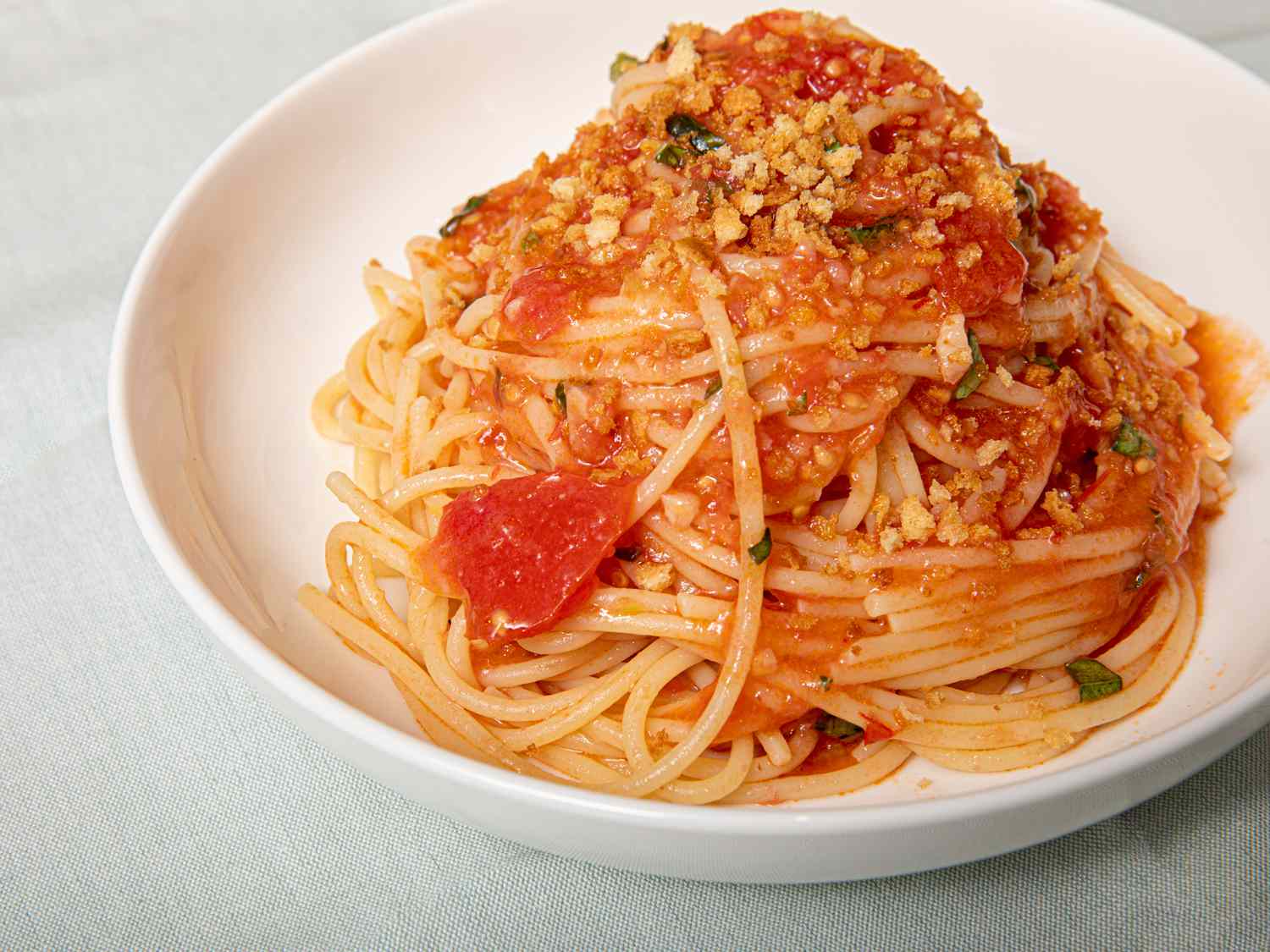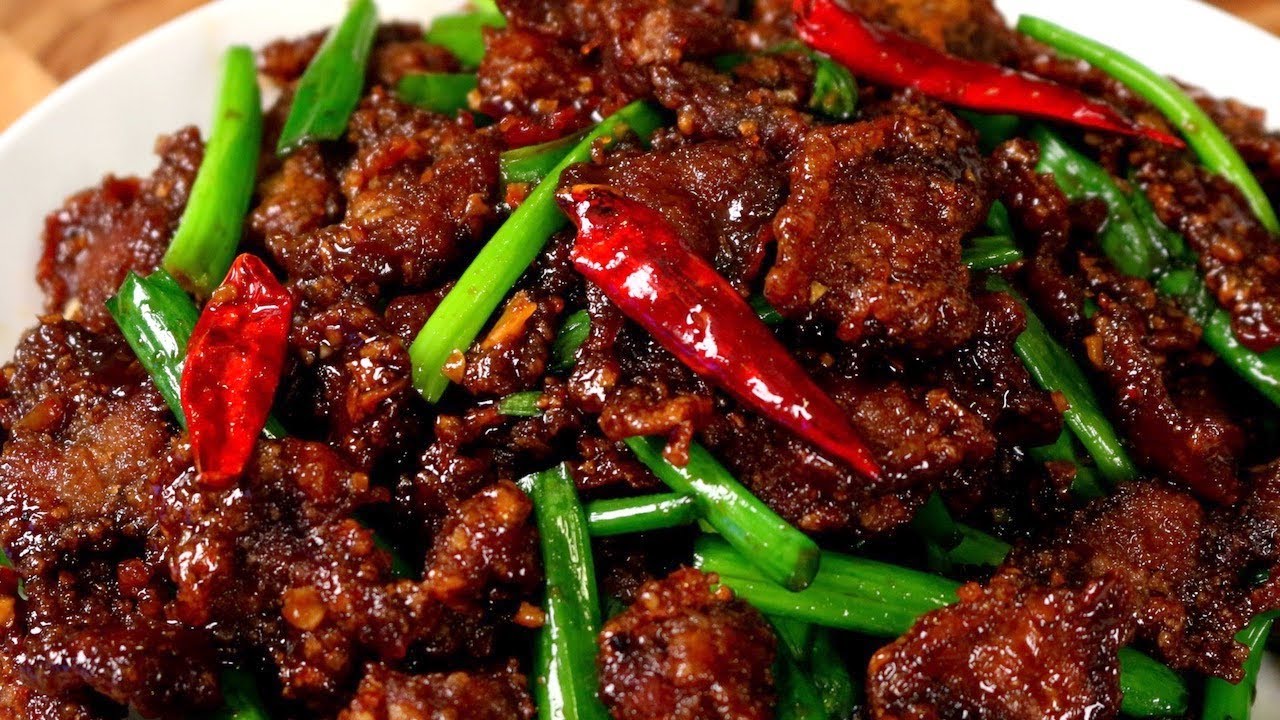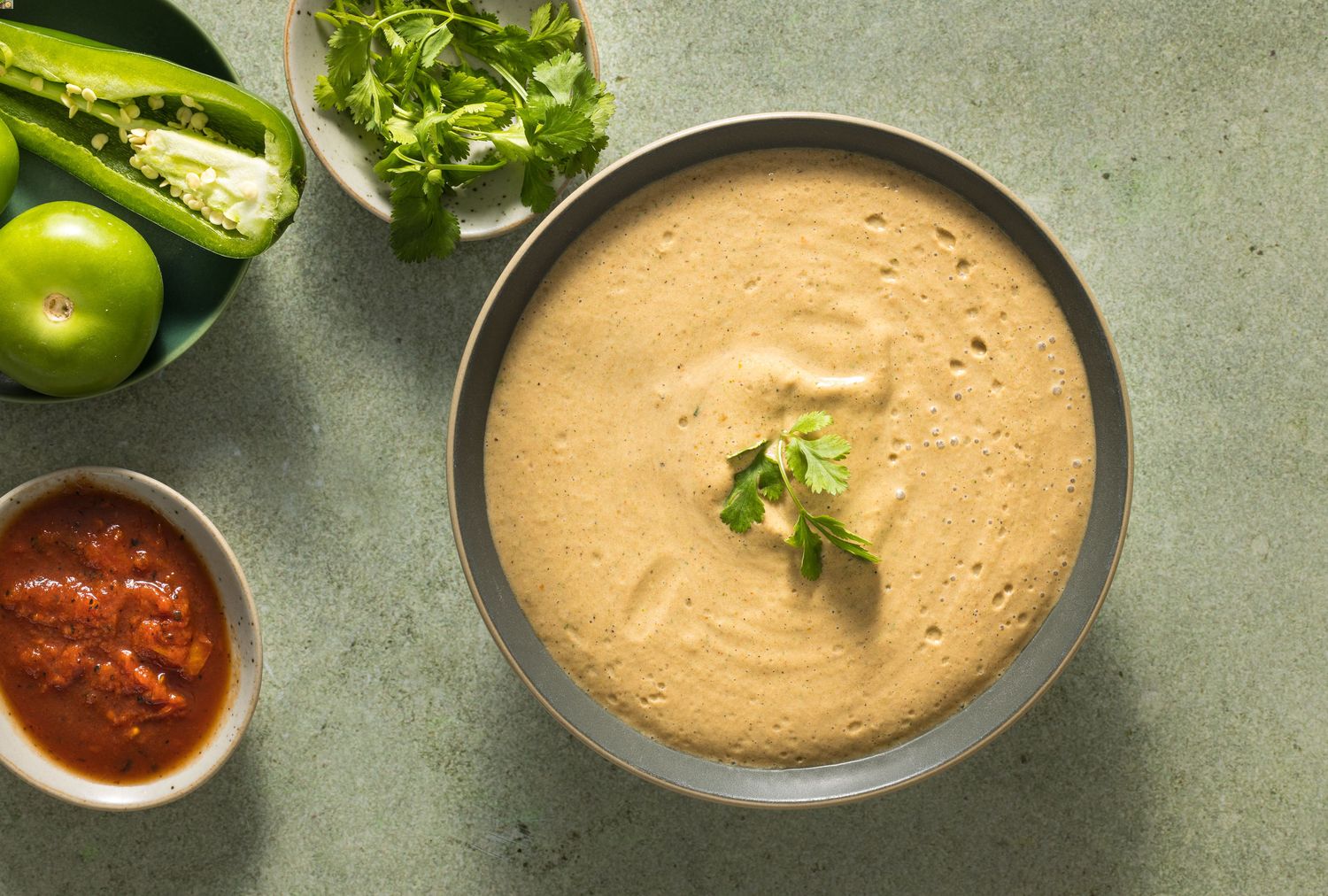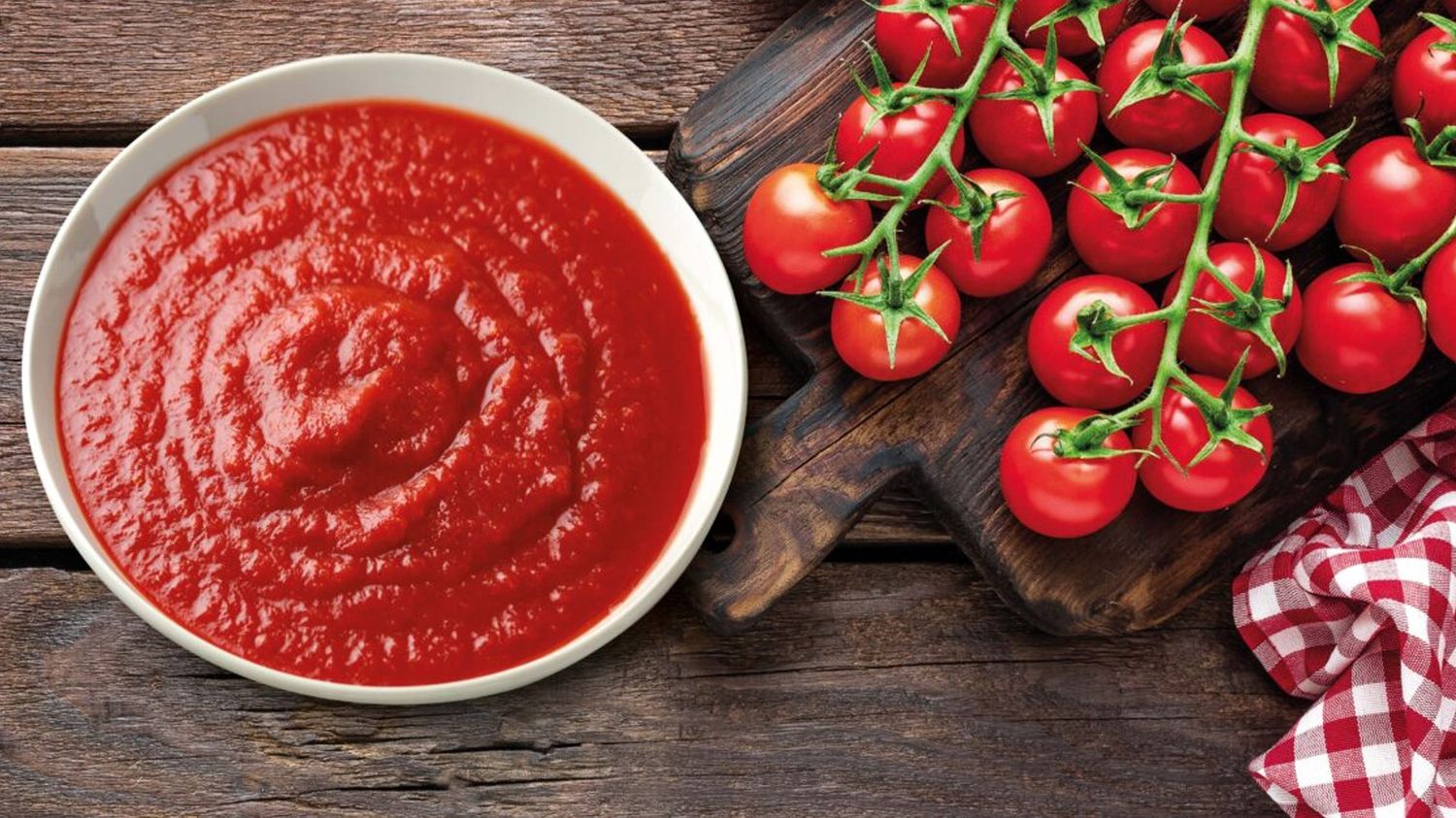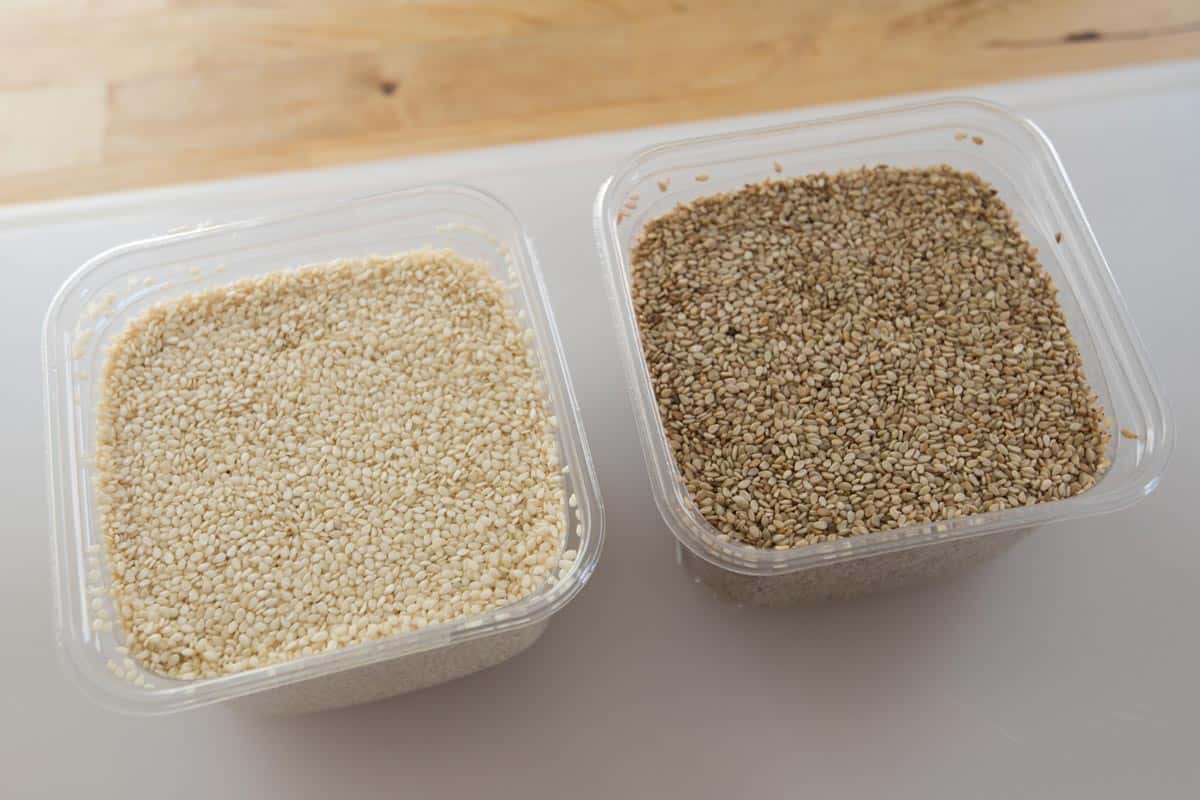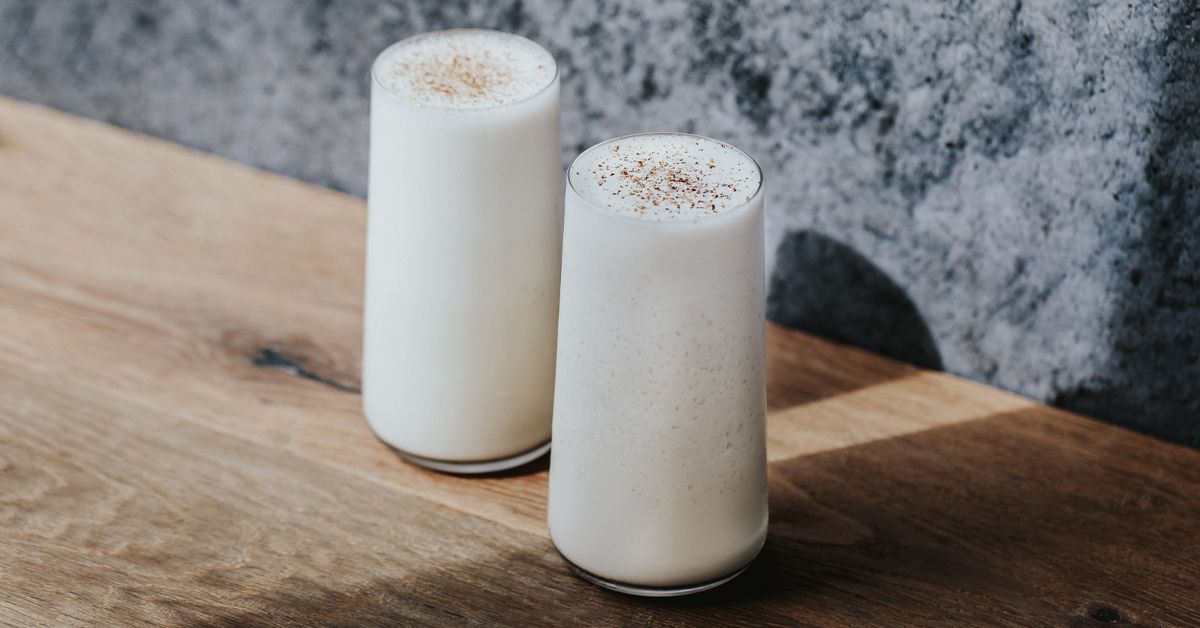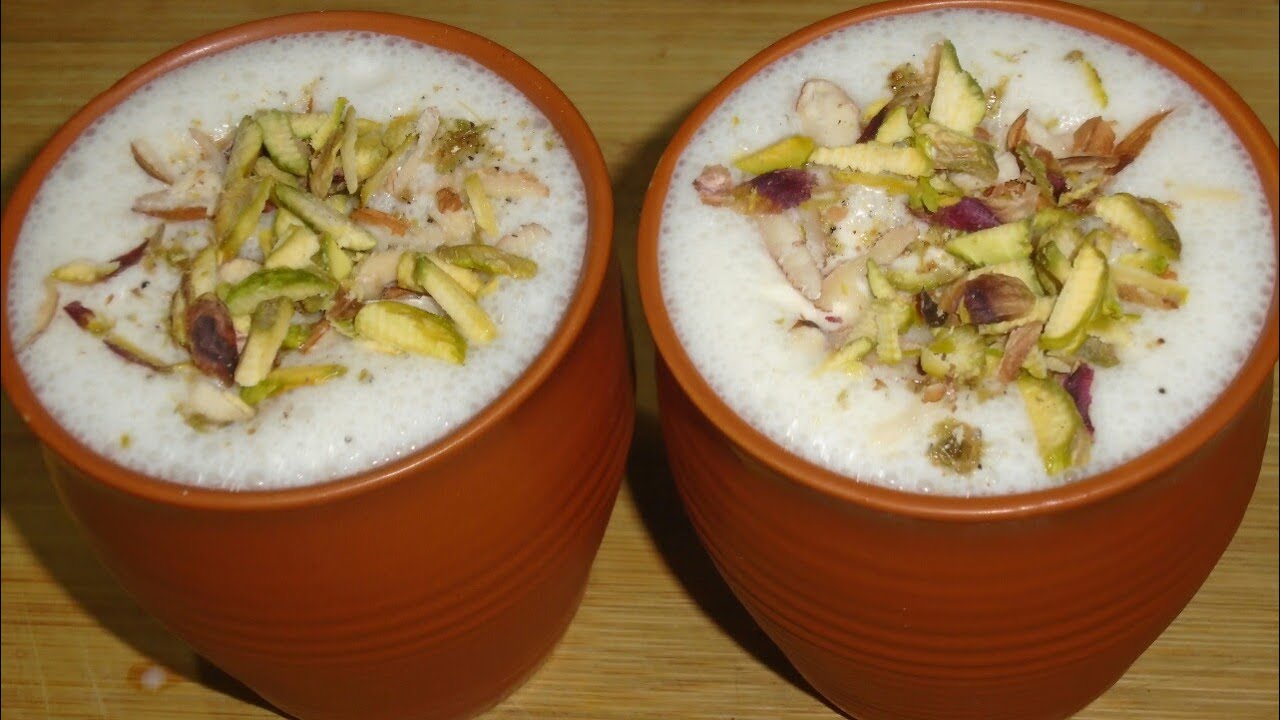Exploring the World of White Fruits
When we think of fruits, we often picture a colorful array of delicious and nutritious options. However, there is a unique category of fruits that may not immediately come to mind – white fruits. These fruits may not be as visually striking as their vibrant counterparts, but they offer a host of health benefits and culinary possibilities. Let’s take a closer look at what is considered a white fruit and the reasons why they deserve a place in our diets.
What Qualifies as a White Fruit?
White fruits are defined by their pale or whitish flesh, skin, or pulp. While the color white may not be as eye-catching as red, orange, or purple, these fruits are packed with essential nutrients and phytochemicals. Some common examples of white fruits include:
- Apples: Varieties such as the Granny Smith and Golden Delicious feature a pale, almost white flesh beneath their skin.
- Pears: Certain pear varieties, like the Asian pear, boast a crisp and juicy white flesh.
- Bananas: While we typically associate bananas with yellow, some varieties, such as the Burro banana, have a creamy white interior.
- Coconuts: The white, tender flesh of coconuts is not only delicious but also rich in nutrients.
- White Peaches and Nectarines: These fruits feature a pale, creamy flesh that is sweet and juicy.
The Health Benefits of White Fruits
Despite their lack of vibrant color, white fruits offer a wide range of health benefits. They are often rich in essential nutrients such as:
- Potassium: Many white fruits, including bananas and pears, are excellent sources of potassium, which is crucial for heart health and muscle function.
- Vitamin C: Fruits like apples and white peaches provide a healthy dose of vitamin C, an antioxidant that supports the immune system and skin health.
- Fiber: Coconuts and pears are high in dietary fiber, which aids in digestion and helps maintain a healthy weight.
- Antioxidants: White fruits contain various antioxidants that help protect the body from oxidative stress and inflammation.
Culinary Uses of White Fruits
White fruits are not only nutritious but also versatile in the kitchen. They can be enjoyed in a variety of ways, including:
- Raw Snacking: Sliced white fruits make for a refreshing and healthy snack on their own.
- Baking: White fruits can be used in pies, tarts, and cakes to add natural sweetness and moisture.
- Smoothies: Blend white fruits with yogurt and other ingredients for a creamy and nutritious smoothie.
- Savory Dishes: Pears and apples can be incorporated into salads, sandwiches, and even savory sauces for meats.
- Cocktails and Mocktails: White fruits can be muddled or pureed to create refreshing beverages.
In Conclusion
While they may not be as visually striking as their colorful counterparts, white fruits are a valuable addition to a healthy diet. Packed with essential nutrients, versatile in the kitchen, and offering a unique flavor profile, these fruits deserve a place on our plates. So, the next time you’re perusing the produce section, don’t overlook the understated beauty and benefits of white fruits.
Was this page helpful?
Read Next: What Is Vodka And Sprite
